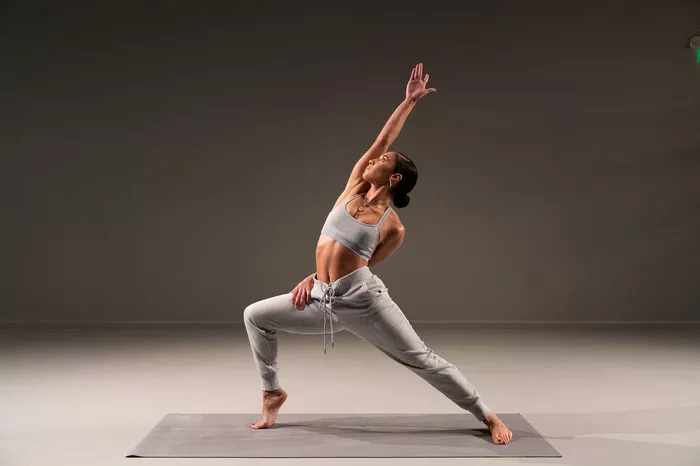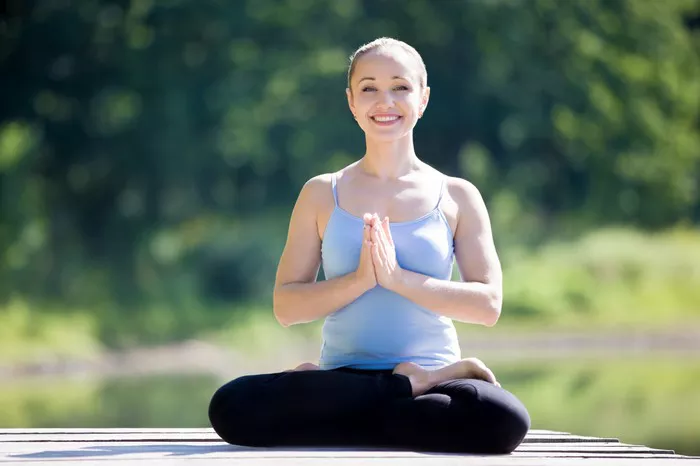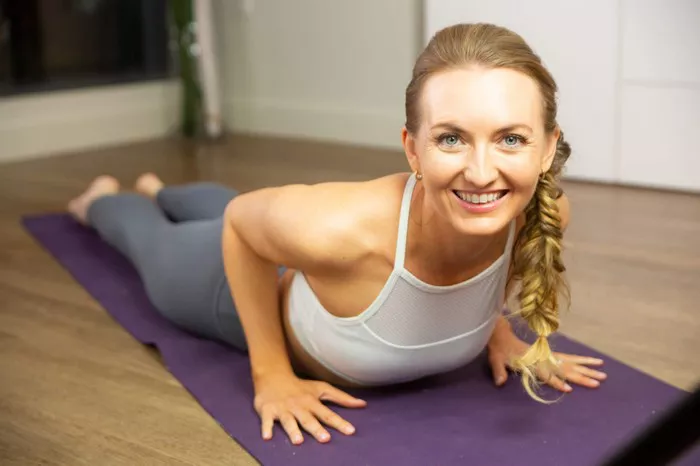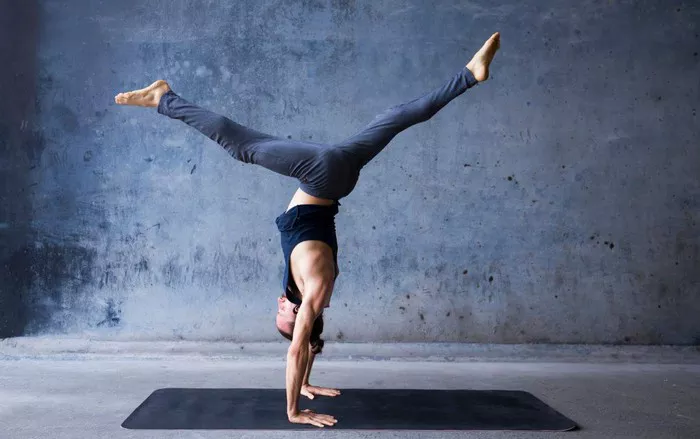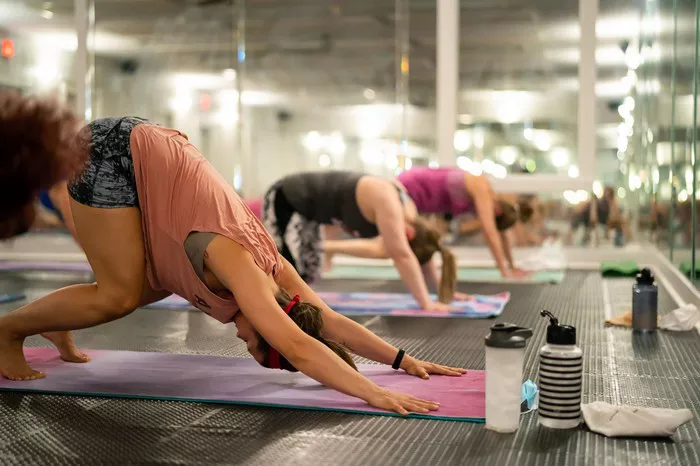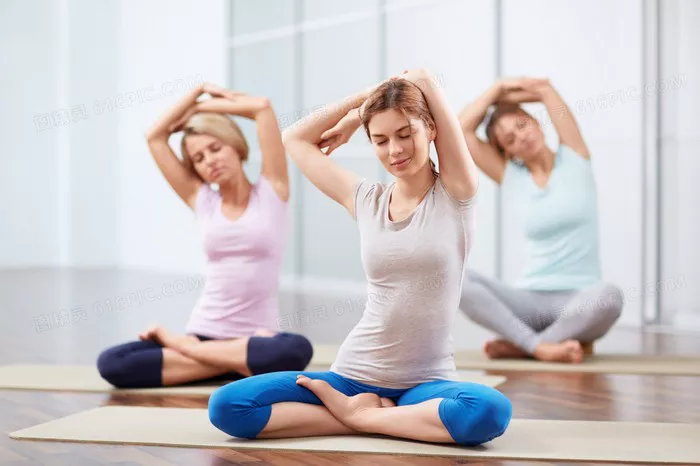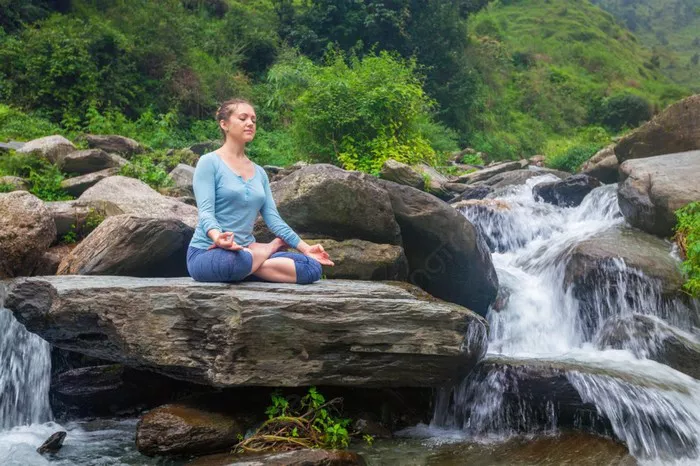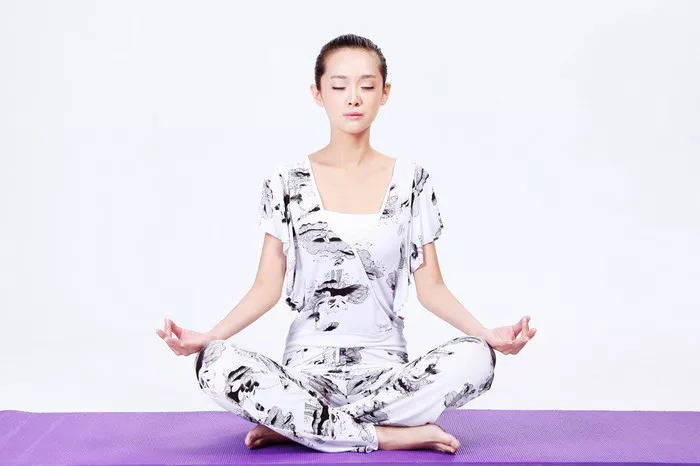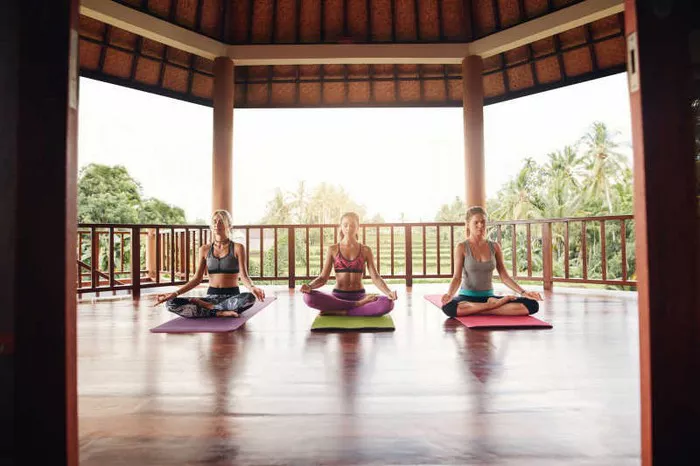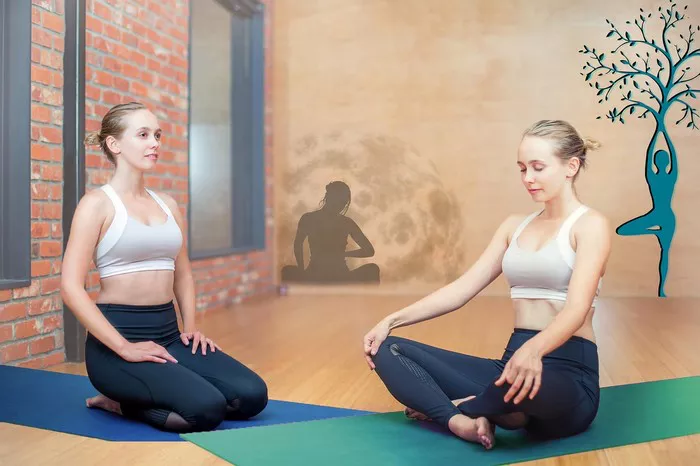Yoga is an ancient practice that has gained immense popularity worldwide. It is celebrated for its wide range of benefits, including improved flexibility, better posture, stress reduction, and enhanced mental clarity. People from all walks of life—regardless of their background, fitness level, or age—have found yoga to be a transformative practice.
One common question that arises, particularly among those who are older or considering yoga for the first time, is whether there is an age limit for practicing yoga. The short answer is no—there is no age limit for yoga. People of all ages can practice yoga and experience its benefits. However, there are certain considerations and adjustments that might be needed depending on one’s age and physical condition. In this article, we will explore why yoga is suitable for people of all ages, the different types of yoga for various age groups, and how to safely practice yoga at any stage of life.
The Agelessness of Yoga
Yoga, at its core, is about flexibility, balance, strength, and mental clarity. These principles are essential for people of all ages, and their importance only increases with age. As we grow older, we naturally experience physical changes such as decreased muscle mass, bone density loss, reduced flexibility, and slower metabolism. Mental clarity may also decline due to stress, anxiety, and the challenges of daily life. Yoga, however, addresses all these issues, making it an ideal practice for people at any stage of life.
The physical postures (asanas) in yoga are designed to improve flexibility, balance, and strength, while the breathing exercises (pranayama) help regulate the nervous system, increase oxygen intake, and improve mental focus. Meditation techniques also play a critical role in managing stress, anxiety, and enhancing mental clarity.
The best part about yoga is that it can be adapted to suit the individual’s needs. For older adults or beginners, gentle forms of yoga can be practiced, and for younger, more active individuals, challenging sequences can be incorporated. Therefore, the practice of yoga does not discriminate based on age but instead accommodates the specific needs and abilities of the practitioner.
Benefits of Yoga Across Different Ages
Yoga for Children and Adolescents
Yoga can be an incredibly beneficial practice for children and adolescents. At this stage of life, the body is growing and developing, and yoga helps to promote better posture, flexibility, and body awareness. Regular yoga practice can also support mental well-being by helping children manage stress and emotions, which is crucial as they face academic pressure and social challenges.
Yoga for children is typically fun and engaging, with creative sequences that mimic animals or objects to keep them interested. It’s an excellent way to teach them mindfulness and self-care from an early age.
Some key benefits of yoga for children and adolescents include:
- Improved flexibility and posture
- Enhanced focus and concentration
- Reduction in stress and anxiety
- Emotional regulation and improved mental health
- A boost in self-esteem and confidence
Yoga for Young Adults
For young adults, yoga offers numerous benefits that support an active lifestyle. This age group tends to have more energy and stamina, so they can explore the more vigorous styles of yoga, such as Ashtanga, Vinyasa, and Power Yoga. These styles incorporate more challenging poses and sequences that build strength, endurance, and flexibility.
Yoga also helps young adults manage stress, particularly in today’s fast-paced world where they may face academic or work pressures. The mindfulness aspect of yoga can foster mental clarity, emotional resilience, and a sense of inner peace.
Key benefits of yoga for young adults include:
- Increased strength and endurance
- Enhanced flexibility
- Better mental clarity and emotional resilience
- Stress reduction
- Improved posture and body awareness
Yoga for Middle-Aged Adults
As people enter their 40s and 50s, they may begin to experience the physical effects of aging, such as decreased flexibility, joint stiffness, and a slower metabolism. Yoga can be an excellent way to counteract these changes by improving mobility, strengthening muscles, and increasing flexibility. The practice also helps to prevent or alleviate conditions such as arthritis and back pain, which tend to affect individuals in this age group.
Incorporating mindfulness and meditation into a yoga practice is also beneficial for middle-aged adults who may be experiencing increased stress or anxiety due to career pressures, family responsibilities, and health concerns. Yoga can serve as a mental and emotional reset, providing a space for relaxation and introspection.
Key benefits of yoga for middle-aged adults include:
- Improved flexibility and mobility
- Reduced joint pain and muscle stiffness
- Strengthened bones and muscles
- Reduced stress and anxiety
- Enhanced mental clarity and emotional balance
Yoga for Seniors and Older Adults
For seniors, yoga is one of the best ways to maintain mobility, flexibility, and balance. As people age, falls become a significant concern due to decreased balance and coordination. Yoga’s focus on balance poses and strengthening exercises can help mitigate this risk by improving stability and preventing falls.
Yoga can also help with joint pain, such as arthritis, and increase circulation, which becomes important as circulation slows with age. The breathing techniques in yoga also help to improve lung function and oxygen intake, which is crucial for overall vitality in older adults.
Because yoga is adaptable, seniors can practice modified postures to suit their needs, and chair yoga has become particularly popular among older adults with limited mobility. Classes tailored to seniors focus on gentle stretches, breathwork, and meditation, making yoga a safe and accessible practice for this age group.
Key benefits of yoga for seniors include:
- Enhanced flexibility and mobility
- Improved balance and coordination
- Increased strength and endurance
- Better joint health and reduced pain
- Mental clarity and emotional well-being
- Stress relief and improved sleep quality
Types of Yoga for Different Age Groups
While there is no age limit to yoga, different types of yoga may be more appropriate depending on a person’s age, fitness level, and physical condition. Here are some common types of yoga that are particularly beneficial for different age groups:
Hatha Yoga: This gentle form of yoga is perfect for beginners or those who are looking for a slow-paced practice. It involves basic postures and breathwork, making it suitable for people of all ages. Hatha yoga focuses on alignment, breathing, and relaxation, which can be particularly helpful for older adults or those who have limited mobility.
Vinyasa Yoga: This is a more dynamic style of yoga where poses flow together in a sequence. While it can be more challenging, it is still accessible to most individuals with some prior experience. Younger adults or those looking for a moderate to intense workout may enjoy Vinyasa yoga.
Iyengar Yoga: This style of yoga emphasizes precision and alignment in every posture. It is ideal for individuals who want to work on their form and improve their body mechanics. Iyengar yoga is also excellent for those with specific injuries or health conditions, as props such as blocks, straps, and blankets are often used to aid in performing poses.
Restorative Yoga: Restorative yoga is a gentle form of yoga that focuses on relaxation and stress relief. It involves holding poses for extended periods, often with the support of props. This style of yoga is excellent for seniors or those recovering from an injury or illness.
Chair Yoga: Chair yoga is a modified form of yoga designed for individuals with limited mobility. It allows individuals to practice yoga while seated in a chair, making it an excellent option for seniors or those who have difficulty getting up and down from the floor.
Kundalini Yoga: This style of yoga combines movement, breathing exercises, and chanting to awaken the energy at the base of the spine. While it is suitable for most people, it may be more appealing to those in their 30s or older who are looking for a more spiritually-focused practice.
Yoga Nidra: Often referred to as “yogic sleep,” Yoga Nidra is a form of guided meditation that induces deep relaxation. This practice can be especially beneficial for seniors or individuals experiencing high levels of stress, as it helps promote restorative sleep and mental clarity.
Tips for Practicing Yoga at Any Age
Regardless of your age, it’s essential to listen to your body when practicing yoga. Here are some tips to help you practice safely and effectively:
Start Slow: If you’re new to yoga or returning after a break, begin with beginner classes or gentle yoga styles. Gradually build your strength and flexibility over time.
Consult with Your Doctor: If you have any pre-existing medical conditions or concerns, it’s a good idea to consult with your doctor before beginning a yoga practice.
Use Props: Props like yoga blocks, straps, and cushions can help make poses more accessible, especially for seniors or those with limited mobility.
Stay Hydrated: Yoga can be physically demanding, especially in styles like Vinyasa or Ashtanga. Make sure to drink water before, during, and after your practice.
Focus on Breathing: Breathwork is an essential component of yoga. Deep, mindful breathing helps you relax, improves oxygen flow, and supports your mental and physical health.
Conclusion
In conclusion, there is no age limit for practicing yoga. The practice is versatile, adaptable, and beneficial for individuals of all ages. From children and adolescents to seniors, yoga offers a wide array of physical and mental health benefits that improve quality of life. Whether you’re looking to enhance flexibility, build strength, reduce stress, or improve mental clarity, yoga is a timeless practice that can support your well-being at any stage of life. So, no matter how old you are, don’t hesitate to roll out your mat and experience the transformative power of yoga.
Related Topics:


